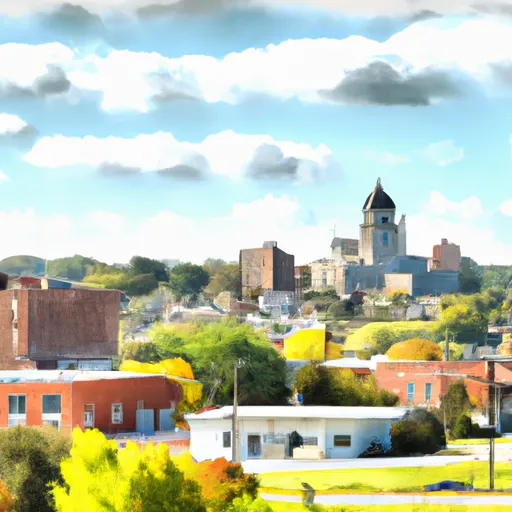°F
°F
mph
Windspeed
%
Humidity











Syracuse, Missouri is a charming town located in Morgan County within the heart of the United States. The region experiences a humid continental climate, characterized by hot and humid summers and cold winters. Summers see average temperatures reaching the high 80s°F (30s°C), while winters can be quite cold with temperatures dropping to the low 20s°F (-6°C).
Hydrologically, Syracuse is nestled near the beautiful Lake of the Ozarks. The lake offers an incredible opportunity for outdoor enthusiasts, with its vast expanse of sparkling water. Boating, fishing, and swimming are popular activities here, with the lake teeming with various fish species like bass, crappie, and catfish.
Nature lovers will also appreciate the surrounding area's scenic beauty. Syracuse is situated close to the Lake of the Ozarks State Park, offering miles of hiking and biking trails. The park's diverse ecosystem showcases stunning flora and fauna, making it a perfect destination for wildlife observation and birdwatching.
In conclusion, Syracuse, Missouri provides a pleasant climate for residents and visitors alike, with ample opportunity for outdoor recreation, from water activities on the Lake of the Ozarks to exploring the picturesque landscapes of Lake of the Ozarks State Park.
Weather Forecast
Syracuse receives approximately 1045mm of rain per year, with humidity levels near 83% and air temperatures averaging around 13°C. Syracuse has a plant hardyness factor of 6, meaning plants and agriculture in this region thrive during a short period during spring and early summer. Most plants will die off during the colder winter months.
Regional Streamflow Levels
154
Cubic Feet Per Second
66
Cubic Feet Per Second
1
Cubic Feet Per Second
10
Cubic Feet Per Second
Nearby Camping
| Camping Area | Reservations | Toilets | Showers |
|---|---|---|---|
| Bayou Bluff | |||
| Sequoya Park | |||
| Cedar Glades Park | |||
| Richland Creek | |||
| Cherokee | |||
| Lake Sylvia |



